T4K3.news
Warmer seas raise risk of flesh-eating bacteria
Coastal communities face increased Vibrio vulnificus risk as ocean temperatures rise; seek medical care if you notice symptoms.

Rising ocean temperatures are expanding the reach of Vibrio vulnificus, a dangerous bacterium that can infect people through wounds and raw seafood.
Warmer seas raise risk of flesh-eating bacteria
Vibrio vulnificus, a bacterium tied to warm coastal waters, is showing up more as ocean temperatures rise. Officials warn it can enter the body through a simple cut and cause severe illness that may require amputation. The CDC says about one in five infections are fatal. This year, cases have appeared in places not traditionally affected, with 17 in Louisiana, 16 in Florida, and seven in North Carolina. Florida has the most deaths so far, tallying five.
George Billiris, a longtime sponge fisherman, nearly lost his leg in 2019 after contracting the infection while wading with his grandson. Doctors used a marker to track the spread and treated him for weeks, a course that spared his limb. His case shows how quickly symptoms can escalate and why early care matters. The infection can also spread through raw shellfish, especially oysters, raising concerns for seafood consumers.
Key Takeaways
"With warming waters, we are seeing cases further north."
Dr. Valerie Harwood on geographic spread of infections
"I started to get chills, feverish, my leg was swelling"
Billiris describes the onset of his infection
"One in five people who contract the bacteria die after rapid spread of the infection"
CDC mortality statistic
"Early treatment could mean the difference between life and death"
Billiris speaks to the importance of prompt care
Climate change is moving health risks beyond familiar borders. The spread of Vibrio vulnificus to northern states underscores how heat and storms shift danger into new communities, challenging local clinics and emergency rooms. It also tests public messaging around safe water activities and seafood consumption.
Policy implications are clear. Health departments need broader alerts for at-risk seasons, hospitals require rapid testing and treatment protocols, and the seafood industry should invest in safety standards. The bigger question is whether communities will treat climate-linked health risks with urgency or let them grow with the waves.
Highlights
- Warm seas expand the reach of danger
- A tiny cut can become a life or death warning in heat
- Early care saves limbs and lives
- Knowledge is the best shield against a rising tide
Rising health risk from climate-linked bacteria
Warmer ocean temperatures linked to Vibrio vulnificus infections prompt concern as cases spread to new states. Health and seafood sectors may face greater exposure and economic impact, requiring improved public messaging and surveillance.
The coast will watch and wait, but awareness can save lives.
Enjoyed this? Let your friends know!
Related News
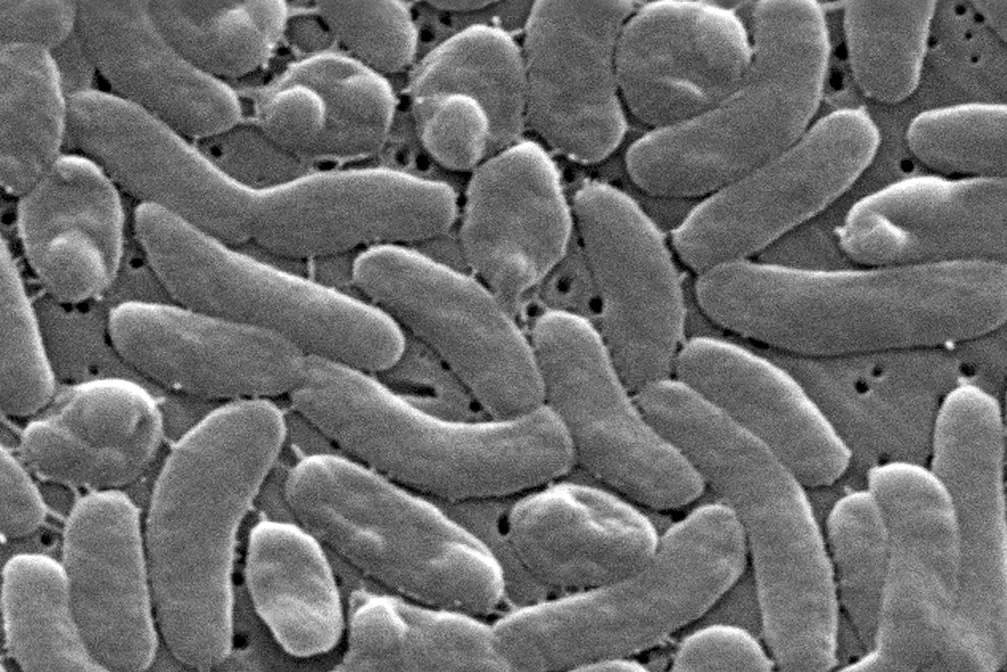
Vibrio risk rises with warmer seas
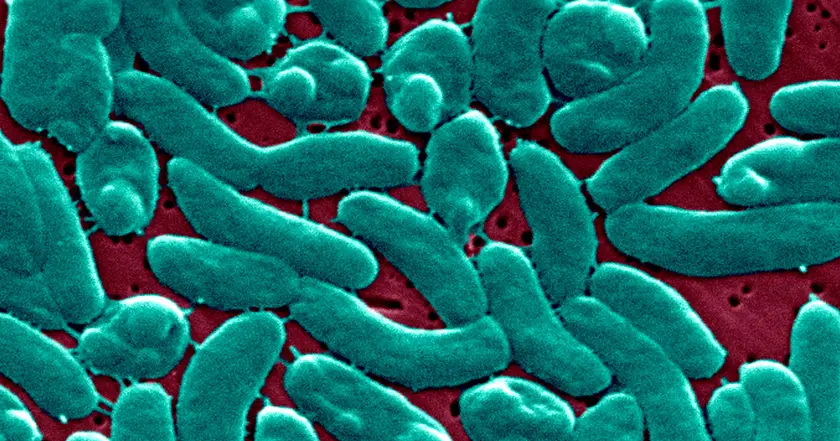
Four die from flesh-eating bacteria in Florida
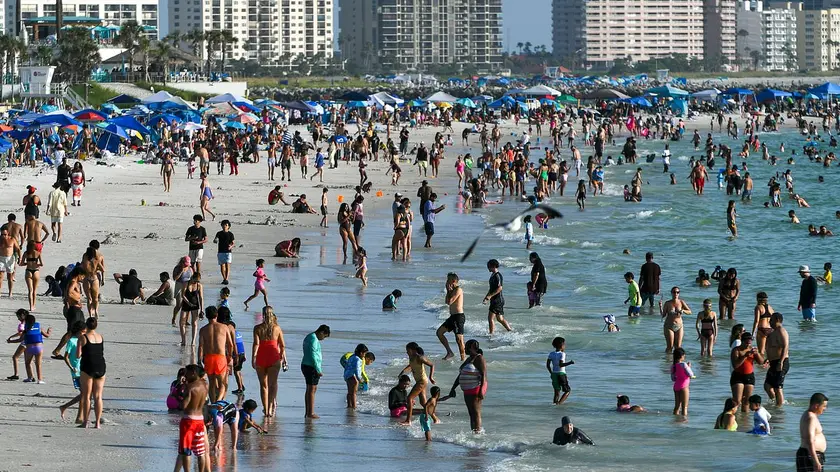
Flesh-eating bacteria outbreak in Louisiana

Warm seas drive surge of flesh-eating Vibrio along coasts

Flesh-eating bacteria cause four deaths in Florida
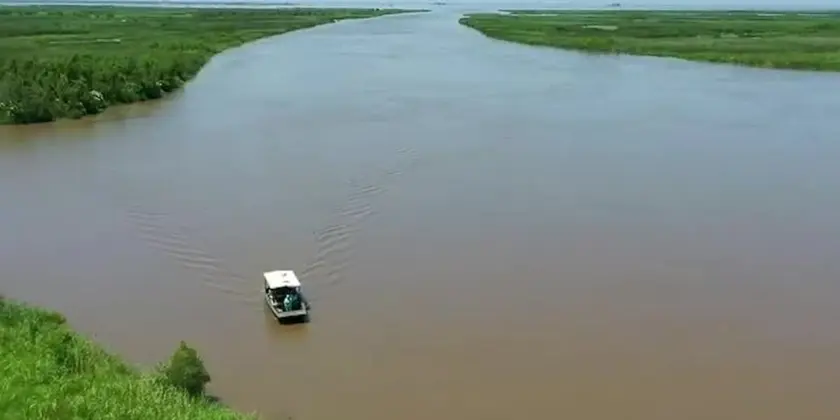
Louisiana reports surge in Vibrio vulnificus infections
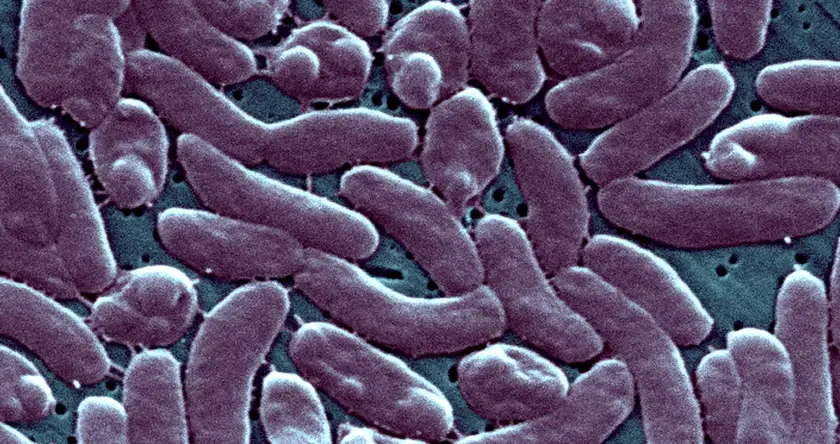
Vibrio vulnificus risk rises on Gulf coast
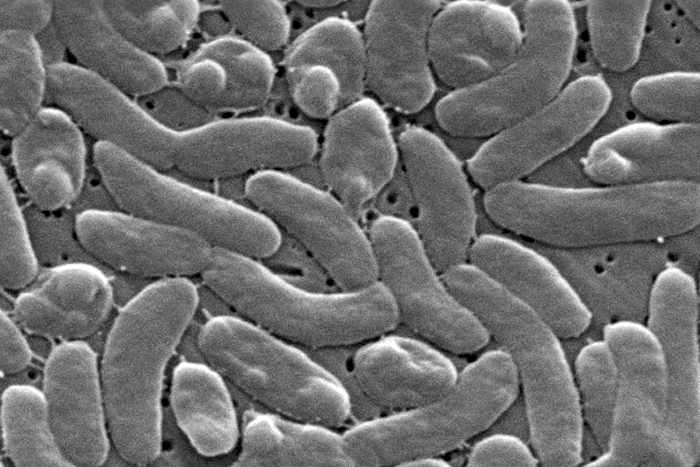
Vibrio vulnificus warning issued for coastal waters
